
In today’s health-conscious world, incorporating fresh juices into your daily routine has become increasingly popular. Whether you’re a seasoned juicing enthusiast or just starting your journey, finding the right juicer can make all the difference. This comprehensive juicer reviews guide aims to help you navigate the myriad of options available, ensuring you make an informed decision that suits your lifestyle and preferences.
 Understanding the Different Types of Juicers
Understanding the Different Types of Juicers
Before delving into specific models and juicer reviews, it’s essential to understand the various types of juicers available on the market. Each type comes with its unique advantages and potential drawbacks, which makes it crucial to choose one that aligns with your juicing goals. By reviewing the features of different juicer types, you can make an informed decision that best suits your needs.
Centrifugal Juicers
Centrifugal juicers are renowned for their speed and efficiency. These machines operate by rapidly spinning blades that shred fruits and vegetables, effectively separating juice from pulp. Above all, centrifugal juicers are ideal for those who prioritize quick juice extraction without compromising too much on nutrient retention.
Advantages:
- Speed: These juicers can process large quantities of produce in a short time.
- Affordability: Generally, centrifugal juicers are more budget-friendly compared to other types.
- Ease of Use: Simple to assemble and operate, making them suitable for beginners.
Disadvantages:
- Nutrient Loss: The high-speed spinning can generate heat, potentially reducing the nutrient content of the juice.
- Noise Level: These juicers tend to be noisier than their counterparts.
Masticating Juicers
Masticating juicers, also known as slow juicers, operate at a much slower speed, using a single auger to crush and press the produce. Accordingly, they are praised for their ability to extract more juice and retain a higher level of nutrients.
Advantages:
- Nutrient Retention: The slow extraction process effectively minimizes heat buildup, which in turn helps preserve essential nutrients. Consequently, this method ensures that your juices retain their maximum nutritional value..
- Versatility: Moreover, it is capable of juicing a wider variety of produce, including leafy greens and wheatgrass. This versatility allows for a more diverse range of nutritious juice options.
- Quiet Operation: Additionally, these juicers operate quietly, which makes them ideal for early morning or late-night juicing sessions. As a result, you can juice without disturbing your household.
Disadvantages:
- Cost: Masticating juicers are typically more expensive than centrifugal models.
- Speed: The juicing process is slower, which may not be suitable for those in a rush.
Citrus Juicers
Designed specifically for citrus fruits, these juicers are perfect for extracting juice from oranges, lemons, limes, and grapefruits. Whether you prefer a manual or electric model, citrus juicers offer an efficient way to enjoy fresh citrus juice.
Advantages:
- Specialization: Optimized for citrus fruits, ensuring maximum juice extraction.
- Ease of Cleaning: Generally easier to clean due to fewer parts.
- Affordability: Citrus juicers are often more affordable than multi-functional models.
Disadvantages:
- Limited Use: Not suitable for juicing non-citrus fruits and vegetables.
- Manual Effort: Manual models require physical effort, which may not be ideal for everyone.
 Top-Rated Juicers in 2025
Top-Rated Juicers in 2025
To assist you further, we’ve compiled a list of top-rated juicers based on performance, user juicer reviews, and expert recommendations. Each model has been thoroughly evaluated to provide you with detailed insights.
Breville JE98XL Juice Fountain Plus
As one of the leading centrifugal juicers on the market, the Breville JE98XL Juice Fountain Plus stands out for its powerful performance and user-friendly design. Primarily designed for quick and efficient juice extraction, this model is perfect for families and individuals alike.
Key Features:
- 850-Watt Motor: Delivers exceptional power to handle a variety of fruits and vegetables.
- Large Feed Chute: Accommodates whole fruits, reducing the need for pre-cutting.
- Dual Speed Settings: Allows you to juice different types of produce with ease.
Pros:
- Fast Juicing: Extracts juice quickly, making it ideal for those with a busy lifestyle.
- Easy to Clean: Removable parts are dishwasher safe, simplifying the cleaning process.
- Durable Build: Made with high-quality materials, ensuring longevity.
Cons:
- Noise: Operates louder than masticating juicers.
- Bulky Size: Requires significant countertop space.
Omega J8006HDS Nutrition Center
For those seeking a masticating juicer, the Omega J8006HDS Nutrition Center is a top contender. This model excels in nutrient retention and versatility, making it a favorite among health enthusiasts.
Key Features:
- Low-Speed Operation: Operates at 80 RPM to minimize heat and oxidation.
- Versatile Functionality: Can be used for juicing, making nut butters, pasta, and more.
- Dual-Stage Juicing: Enhances juice yield and quality.
Pros:
- High Nutrient Retention: Preserves more vitamins and enzymes due to its slow juicing process.
- Quiet Performance: Operates much quieter than centrifugal juicers.
- Multi-Purpose: Offers additional kitchen functionalities beyond juicing.
Cons:
- Higher Price Point: More expensive than many centrifugal models.
- Longer Juicing Time: Takes more time to extract juice compared to faster juicers.
Cuisinart CCJ-500 Pulp-Free Juice Extractor
The Cuisinart CCJ-500 Pulp-Free Juice Extractor is an excellent choice for those who value both efficiency and simplicity. This centrifugal juicer combines powerful performance with ease of use, making it suitable for a wide range of users.
Key Features:
- 1000-Watt Motor: Provides robust performance for various produce.
- Pulp-Free Technology: Ensures smooth and pulp-free juice every time.
- Reversible Juicing Disc: Allows for uninterrupted juice extraction even when dealing with fibrous fruits.
Pros:
- Powerful Motor: Handles tough produce effortlessly.
- Easy Assembly and Cleaning: Simplifies the juicing process.
- Affordable: Offers excellent value for its price.
Cons:
- Heat Generation: The high-speed motor can produce heat, potentially affecting nutrient levels.
- Noise Level: Similar to other centrifugal juicers, it can be quite loud.
Tribest Greenstar Elite GSE-5000
For those prioritizing maximum juice yield and nutrient retention, the Tribest Greenstar Elite GSE-5000 masticating juicer is undoubtedly an outstanding option. Furthermore, this model combines advanced technology with robust construction, which enables it to deliver superior juicing performance. As a result, users can enjoy both high-quality juice and optimal nutritional benefits.
Key Features:
- Twin Gear Technology: Maximizes juice extraction and nutrient retention.
- Versatile Kitchen Appliance: Capable of making sorbets, nut butters, and more.
- Stainless Steel Construction: Ensures durability and longevity.
Pros:
- Exceptional Juice Yield: Extracts more juice from the same amount of produce.
- Highly Versatile: Offers multiple functions beyond juicing.
- Quiet Operation: Significantly quieter than the majority of centrifugal juicers.
Cons:
- Premium Price: One of the more expensive juicers on the market.
- Complex Assembly: May require more time to assemble and clean.
 Factors to Consider When Choosing a Juicer
Factors to Consider When Choosing a Juicer
Selecting the right juicer, as discussed in numerous juicer reviews, involves carefully evaluating your specific needs and preferences. Here are some critical factors to consider:
Juice Quality and Nutrient Retention
Above all, the primary function of a juicer is to extract juice while preserving its nutritional value. Masticating juicers generally excel in this area due to their slow operation, which minimizes heat and oxidation. Consequently, if nutrient retention is your top priority, investing in a masticating juicer might be the best choice.
Ease of Use and Cleaning
Another essential consideration is how easy the juicer is to use and clean. Centrifugal juicers typically have fewer parts and are straightforward to operate, making them ideal for beginners. On the other hand, masticating juicers, while slightly more complex, often come with dishwasher-safe components, simplifying the cleaning process.
User-Friendly Features:
- Simple Controls: Intuitive settings and buttons enhance user experience.
- Easy Assembly: Juicers that are easy to disassemble and reassemble save time and effort.
- Cleanup Options: Removable parts that are dishwasher safe can make maintenance hassle-free.
Noise Level
For those who prefer a quieter kitchen environment, noise level is a significant factor. Masticating juicers are generally quieter than centrifugal models, making them suitable for use in shared living spaces or early mornings without disturbing others.
Versatility and Functionality
Beyond simple juice extraction, many modern juicers also offer additional functionalities. For instance, some models can make nut butter, sorbets, pasta, and even baby food. Therefore, assessing your kitchen needs and selecting a juicer that can perform multiple tasks can be a wise investment. By doing so, you can maximize the utility of your appliance and enhance your culinary versatility.
Price and Budget
Juicers come in a wide range of prices, from budget-friendly models to high-end appliances. While it’s tempting to opt for the cheapest option, it’s essential to balance cost with quality and functionality. Investing in a reliable, high-performing juicer can provide long-term benefits and better value for your money.
 User Experiences and Testimonials
User Experiences and Testimonials
To provide a well-rounded perspective, it’s beneficial to consider user experiences and testimonials. Many users have praised centrifugal juicers for their speed and efficiency, making them ideal for quick juicing sessions. Conversely, those who prioritize nutrient-rich juice often favor masticating juicers, highlighting their superior juice quality despite the longer extraction time.
Positive Feedback:
- Breville JE98XL: Users appreciate its powerful motor and large feed chute, which simplifies the juicing process.
- Omega J8006HDS: Highly regarded for its versatility and nutrient retention, making it a favorite among health enthusiasts.
- Cuisinart CCJ-500: Valued for its affordability and reliable performance, making quality juicing accessible to a broader audience.
- Tribest Greenstar Elite: Celebrated for its exceptional juice yield and durability, despite its higher price point.
Common Concerns:
- Noise Levels: Many centrifugal juicers are noted for being noisier than desired, which can be a drawback in quieter households.
- Size and Storage: Some models, particularly masticating juicers, can be bulky and require significant storage space.
- Price: Advanced models with multiple functionalities tend to be more expensive, which can be a barrier for budget-conscious buyers.
Making the Final Decision
Ultimately, choosing the right juicer, as highlighted in various juicer reviews, hinges on balancing your specific needs with the features offered by each model. By carefully considering factors such as juice quality, ease of use, noise level, versatility, and budget, you can select a juicer that best fits your lifestyle and meets your juicing goals. This thoughtful approach will ensure that you invest in an appliance that enhances your juicing experience.
Recommendations:
For speed and efficiency, the Breville JE98XL Juice Fountain Plus is an excellent choice for those who require quick and hassle-free juicing. On the other hand, for maximum nutrient retention, the Omega J8006HDS Nutrition Center stands out as the preferred option for health-focused individuals. If you’re looking for budget-friendly quality, the Cuisinart CCJ-500 Pulp-Free Juice Extractor offers great performance without breaking the bank. Furthermore, for versatility and durability, the Tribest Greenstar Elite GSE-5000 is ideal for those seeking a high-end, multi-purpose juicer.
 Conclusion: Juicer Reviews
Conclusion: Juicer Reviews
In summary, investing in a quality juicer can significantly enhance your journey towards a healthier lifestyle. With our detailed juicer reviews, you are now equipped with the knowledge to choose a model that aligns with your health goals, budget, and kitchen needs. Whether you prioritize speed, nutrient retention, or versatility, there’s a perfect juicer waiting to complement your daily routine. Start exploring these top-rated models today and enjoy the benefits of fresh, homemade juice every day.

 The Versatility of a Juicer and Blender
The Versatility of a Juicer and Blender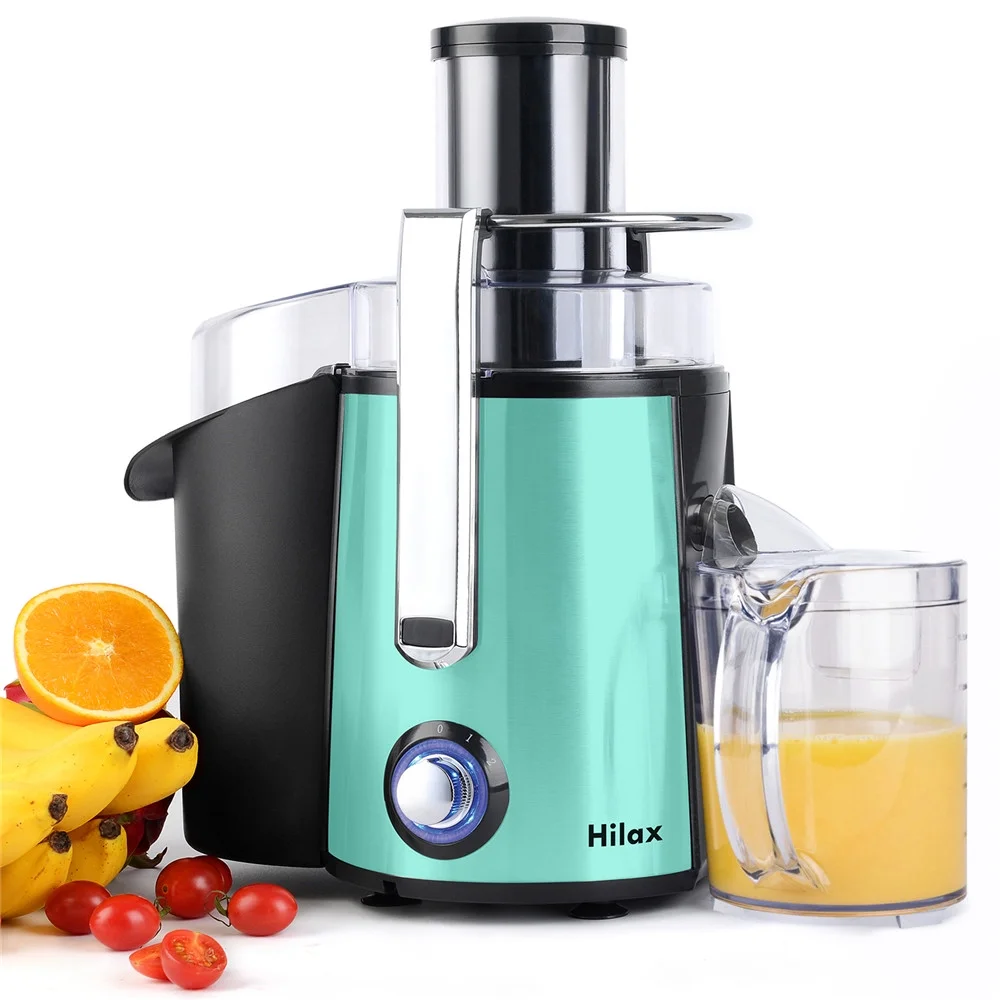 Benefits of Using a Juicer and Blender Regularly
Benefits of Using a Juicer and Blender Regularly Tips for Getting the Most Out of Your Juicer and Blender
Tips for Getting the Most Out of Your Juicer and Blender How to Incorporate a Juicer and Blender into Your Daily Routine
How to Incorporate a Juicer and Blender into Your Daily Routine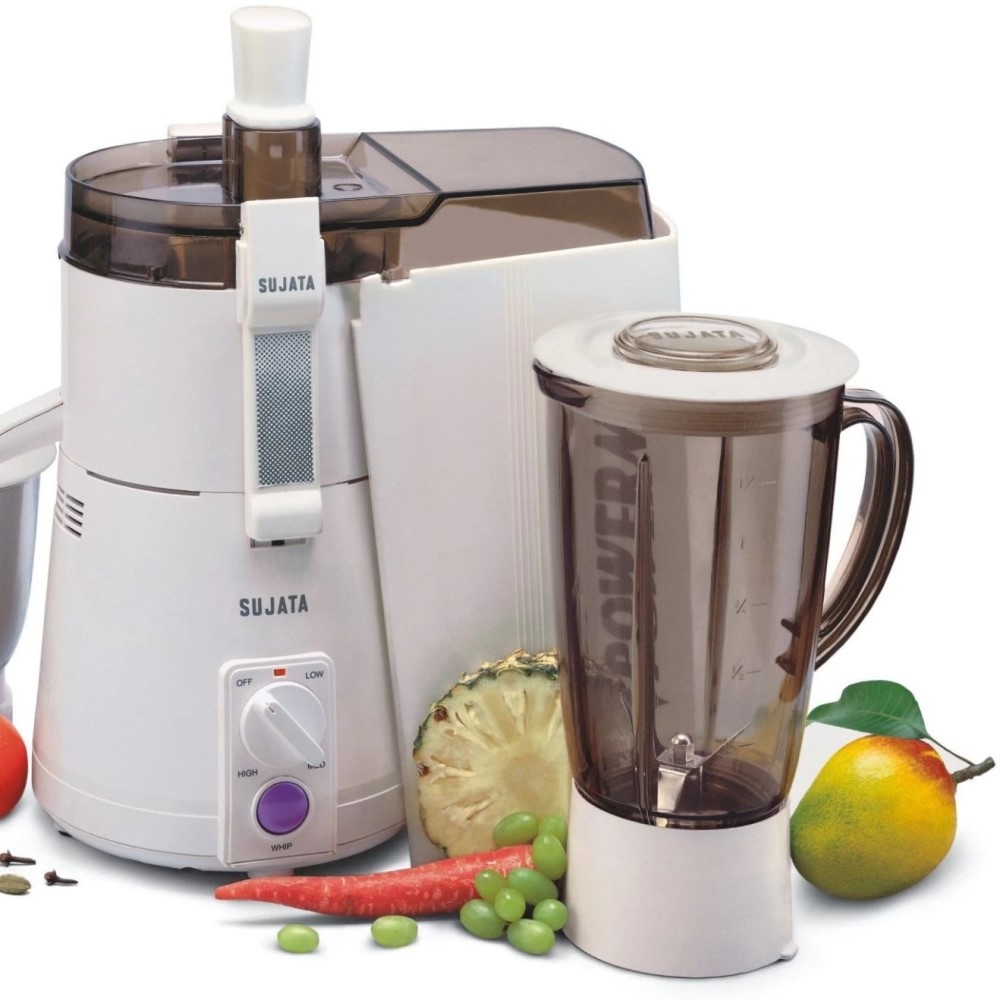
 Understanding Juicer Machine
Understanding Juicer Machine Choosing the Right Juicer Machine
Choosing the Right Juicer Machine Maximizing the Use of Your Juicer Machine
Maximizing the Use of Your Juicer Machine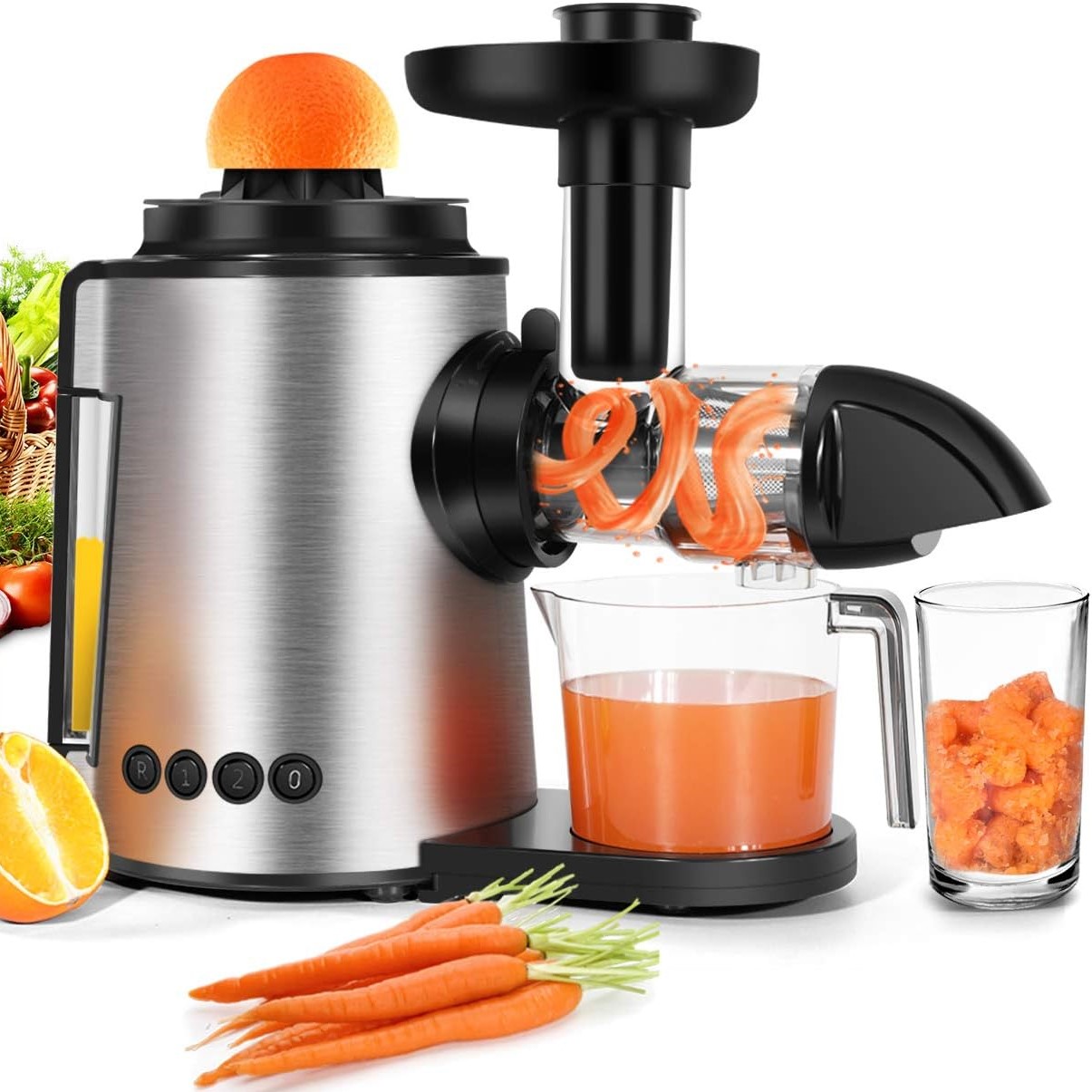 Comparing Leading Juicer in the Market
Comparing Leading Juicer in the Market
 Choosing the Right Juicer for Your Needs
Choosing the Right Juicer for Your Needs Preparing Your Ingredients for Juicing Success
Preparing Your Ingredients for Juicing Success Troubleshooting Common Juicer Issues
Troubleshooting Common Juicer Issues Exploring Advanced Juicing Techniques
Exploring Advanced Juicing Techniques
 Simple Methods to Juice a Lemon Without a Juicer
Simple Methods to Juice a Lemon Without a Juicer Tips for Maximizing Lemon Juice Extraction
Tips for Maximizing Lemon Juice Extraction Creative Uses for Your Fresh Lemon Juice
Creative Uses for Your Fresh Lemon Juice Enhancing Your Lemon Juicing Experience
Enhancing Your Lemon Juicing Experience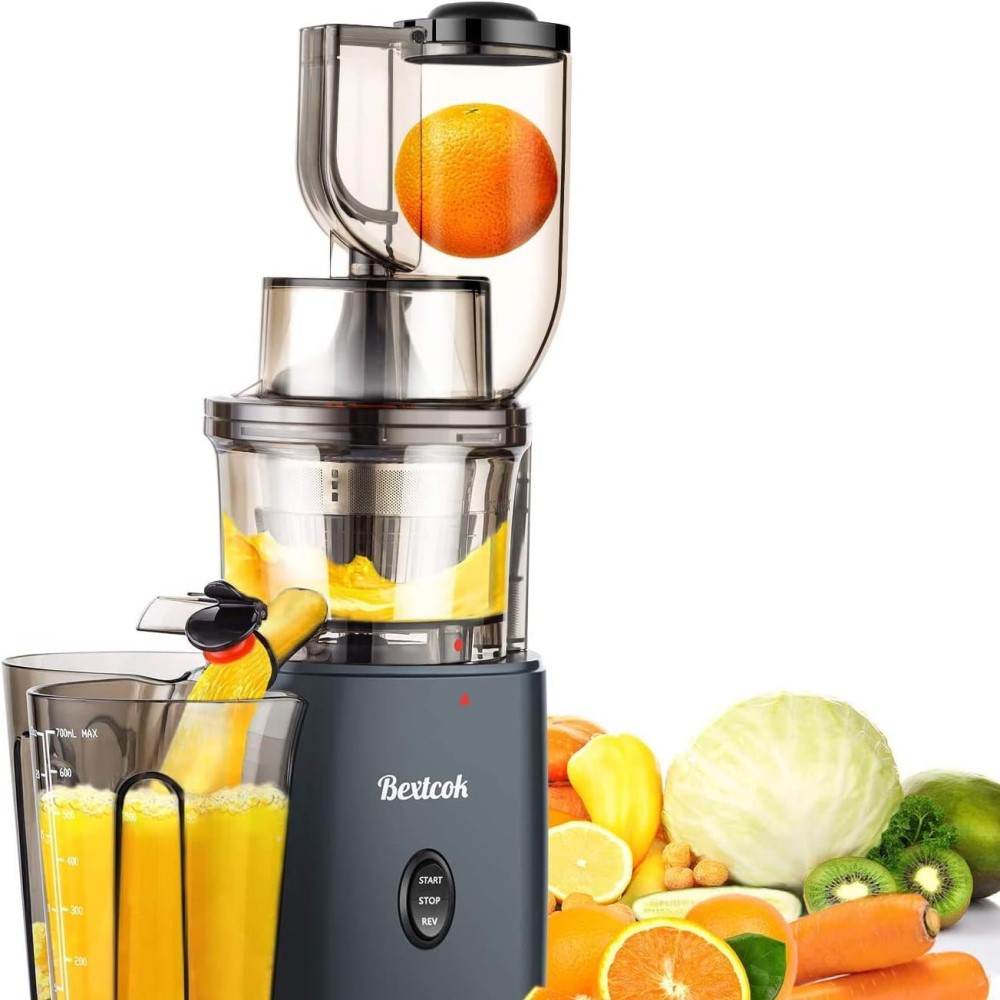
 Benefits of Using a Slow Juicer
Benefits of Using a Slow Juicer Comparing Slow Juicers with Other Juicing Methods
Comparing Slow Juicers with Other Juicing Methods Key Features to Consider When Choosing a Slow Juicer
Key Features to Consider When Choosing a Slow Juicer Tips for Maximizing Your Slow Juicer’s Performance
Tips for Maximizing Your Slow Juicer’s Performance
 Why Choose a Celery Juice Extractor?
Why Choose a Celery Juice Extractor? Benefits of Using a Celery Juice Extractor
Benefits of Using a Celery Juice Extractor Tips for Perfecting Your Juicing Process
Tips for Perfecting Your Juicing Process Common Mistakes to Avoid When Using a Celery Juice Extractor
Common Mistakes to Avoid When Using a Celery Juice Extractor
 Top Commercial Juicers in the Market
Top Commercial Juicers in the Market Comparing Masticating and Centrifugal Juicers
Comparing Masticating and Centrifugal Juicers Maximizing Efficiency with the Commercial Juicer
Maximizing Efficiency with the Commercial Juicer Cost-Benefit Analysis of Investing in a Commercial Juicer
Cost-Benefit Analysis of Investing in a Commercial Juicer
 Why Opt for a Portable Juice Extractor?
Why Opt for a Portable Juice Extractor? Top Juice Extractors Available Today
Top Juice Extractors Available Today How to Use a Portable Juice Extractor Effectively
How to Use a Portable Juice Extractor Effectively Maintenance Tips for Your Portable Juice Extractorr
Maintenance Tips for Your Portable Juice Extractorr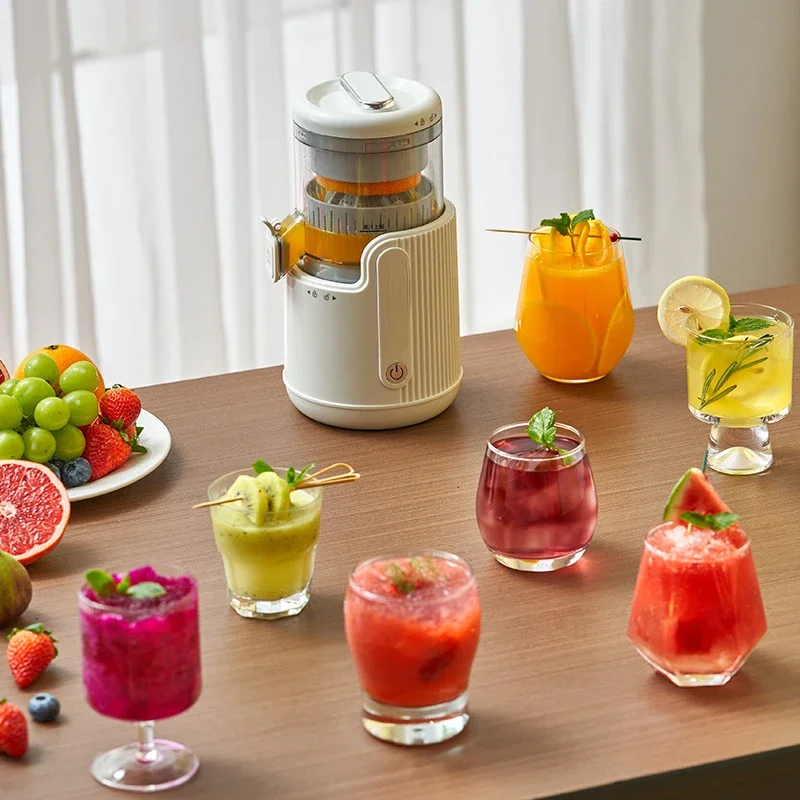
 Understanding the Different Types of Juicers
Understanding the Different Types of Juicers Top Benefits of Using the Juicer
Top Benefits of Using the Juicer Maintaining Your Juicer for Longevity
Maintaining Your Juicer for Longevity Tips for Maximizing Your Juicing Experience
Tips for Maximizing Your Juicing Experience